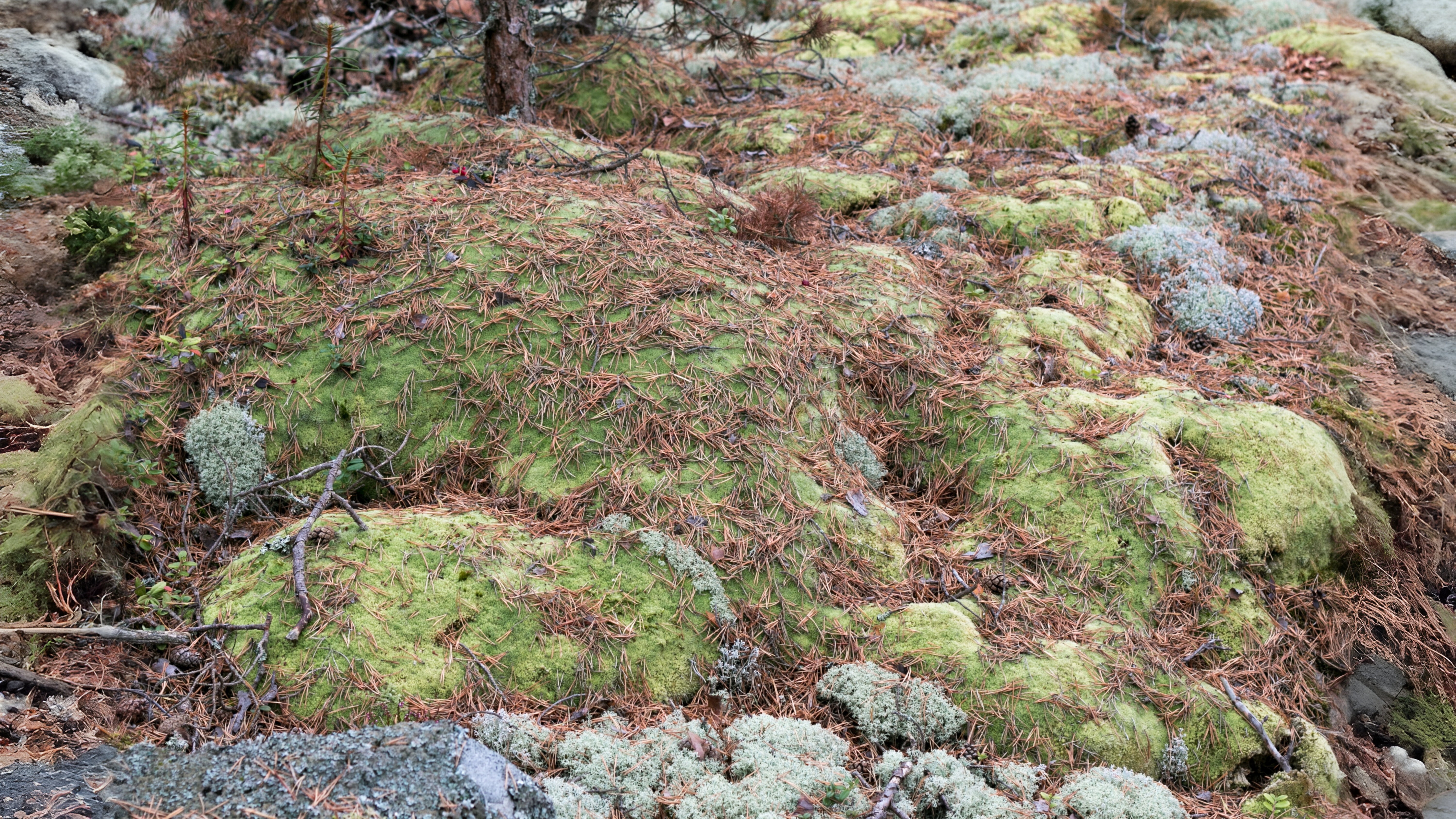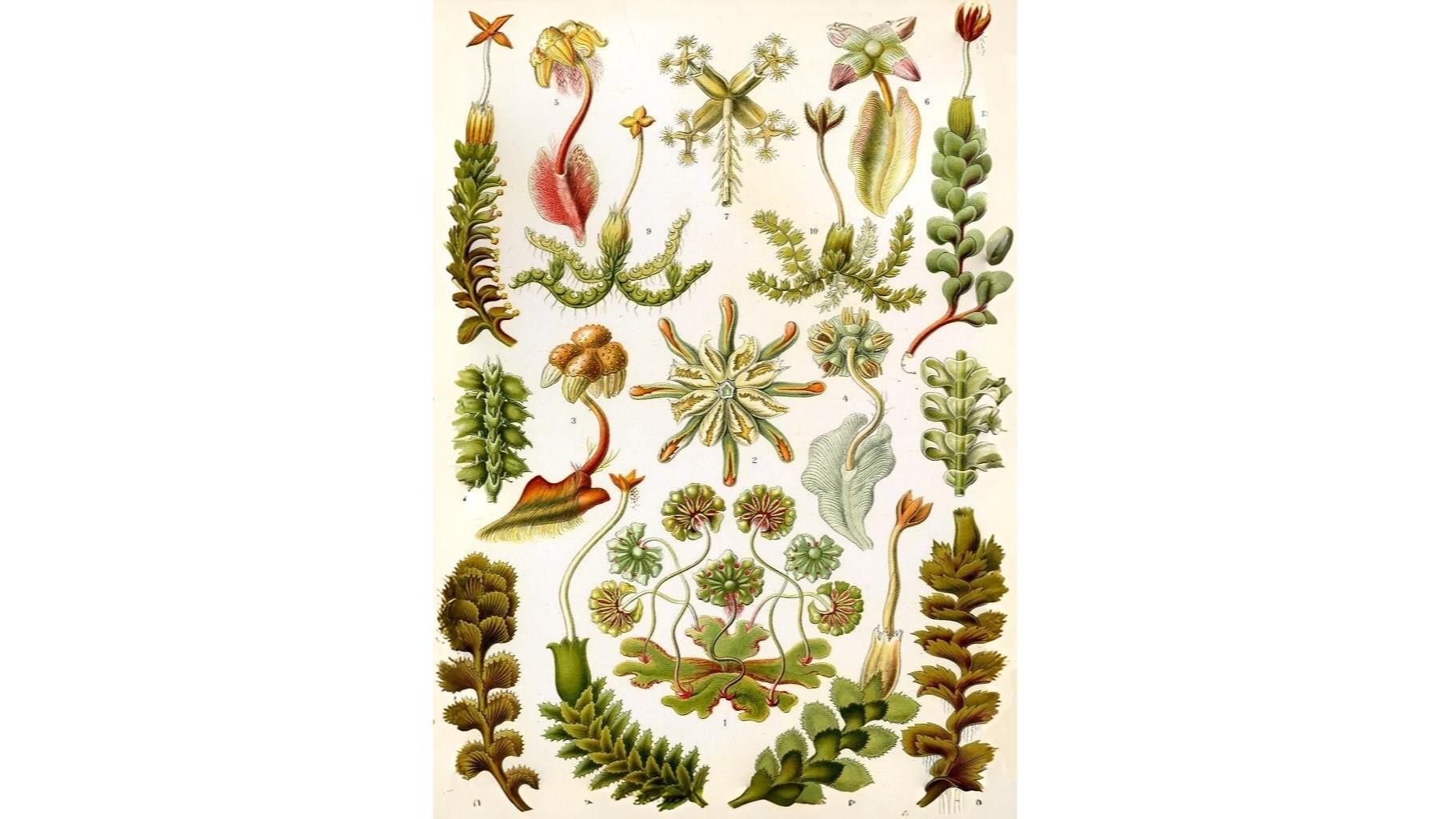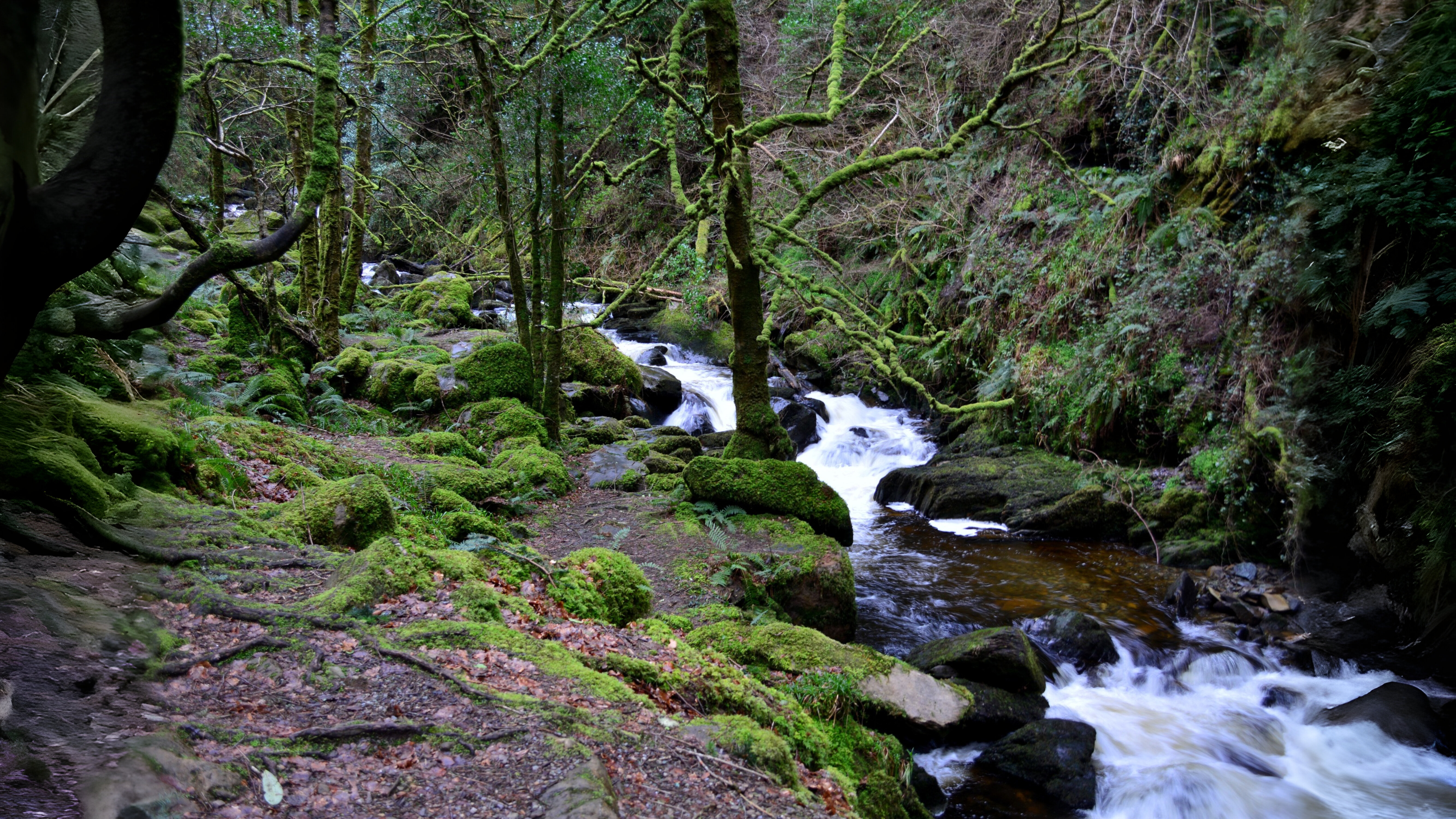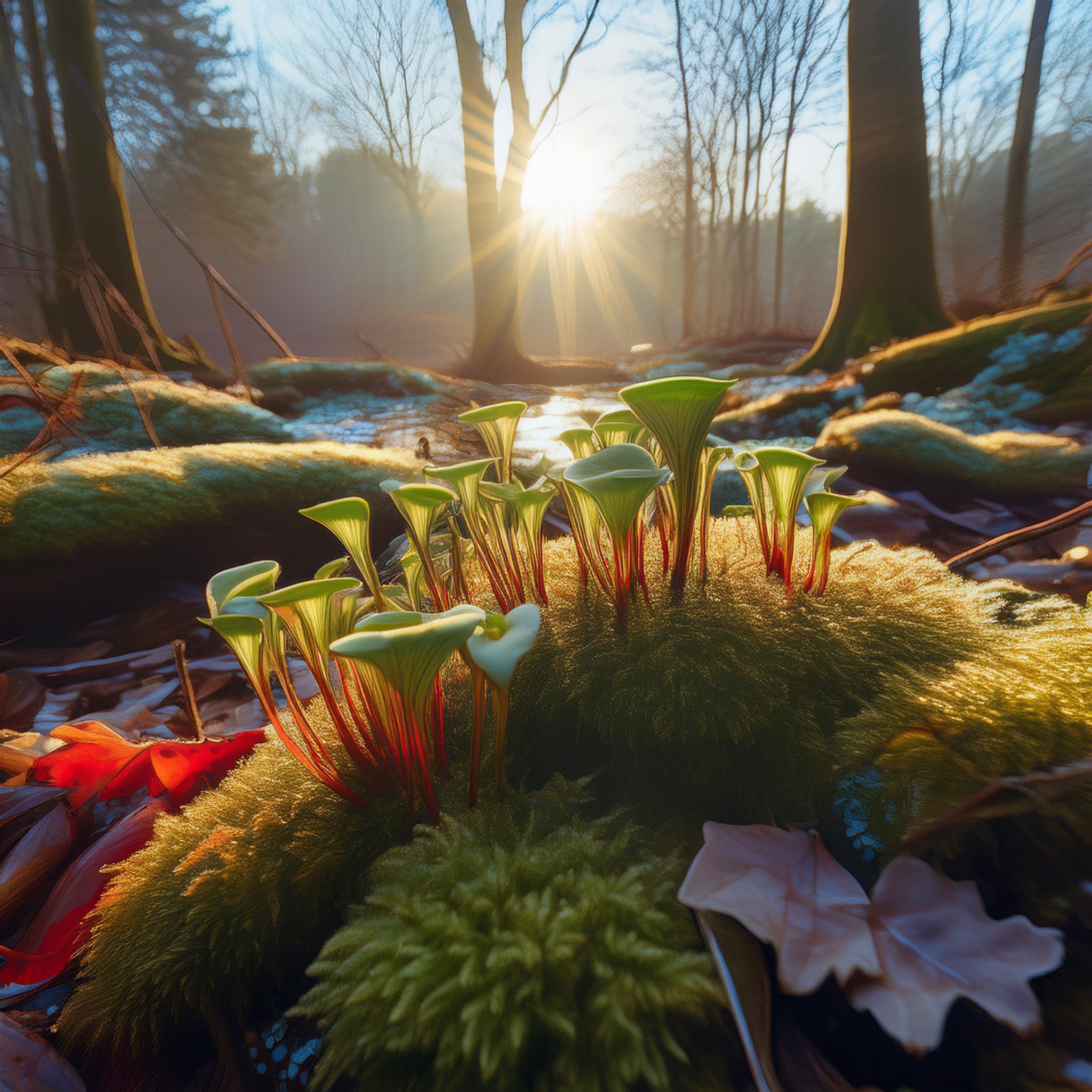
Join us for an intriguing exploration of these hidden jewels of nature. Whether you're a botany enthusiast or simply curious about the natural world, this article will captivate and inspire you.
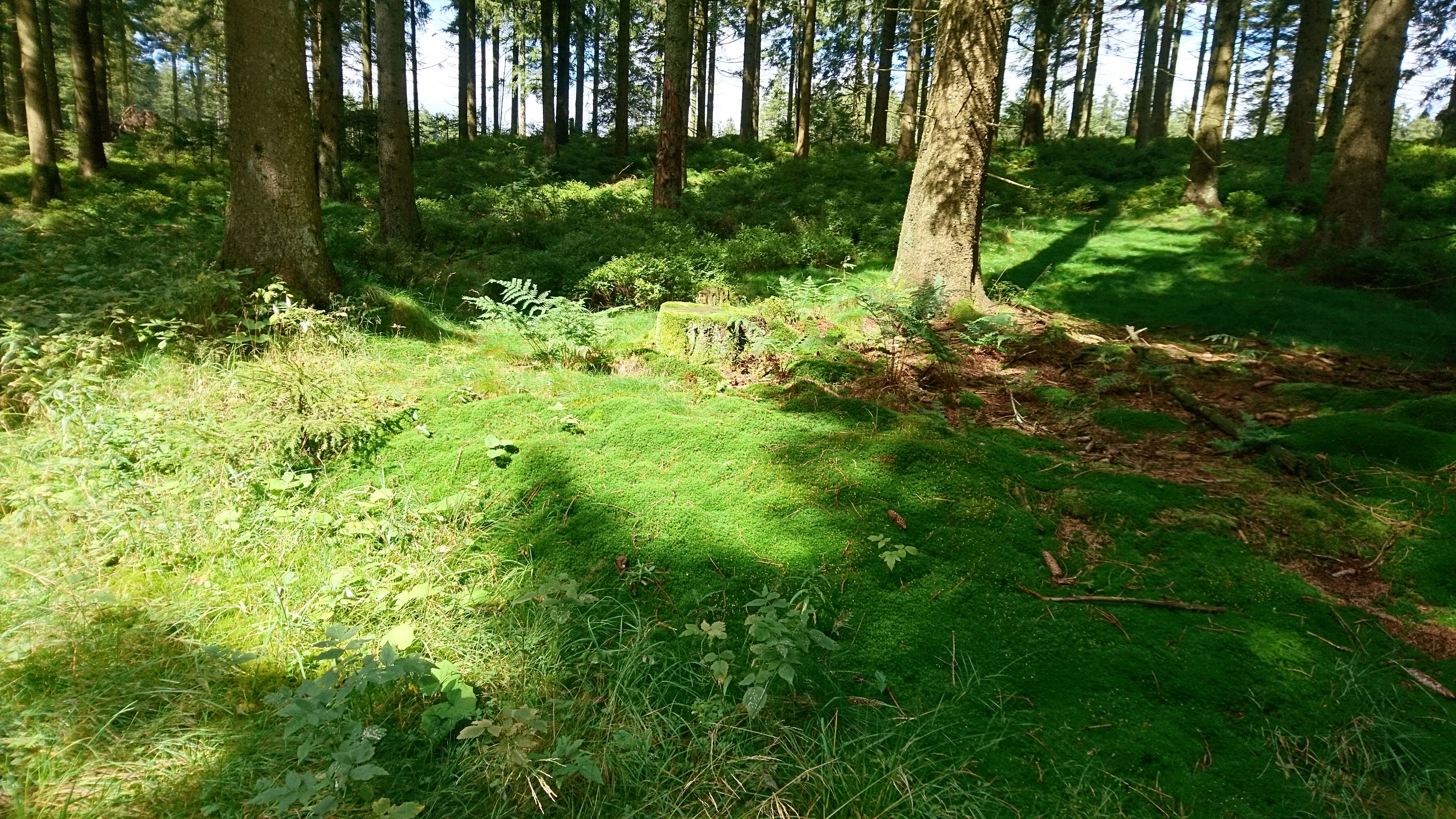

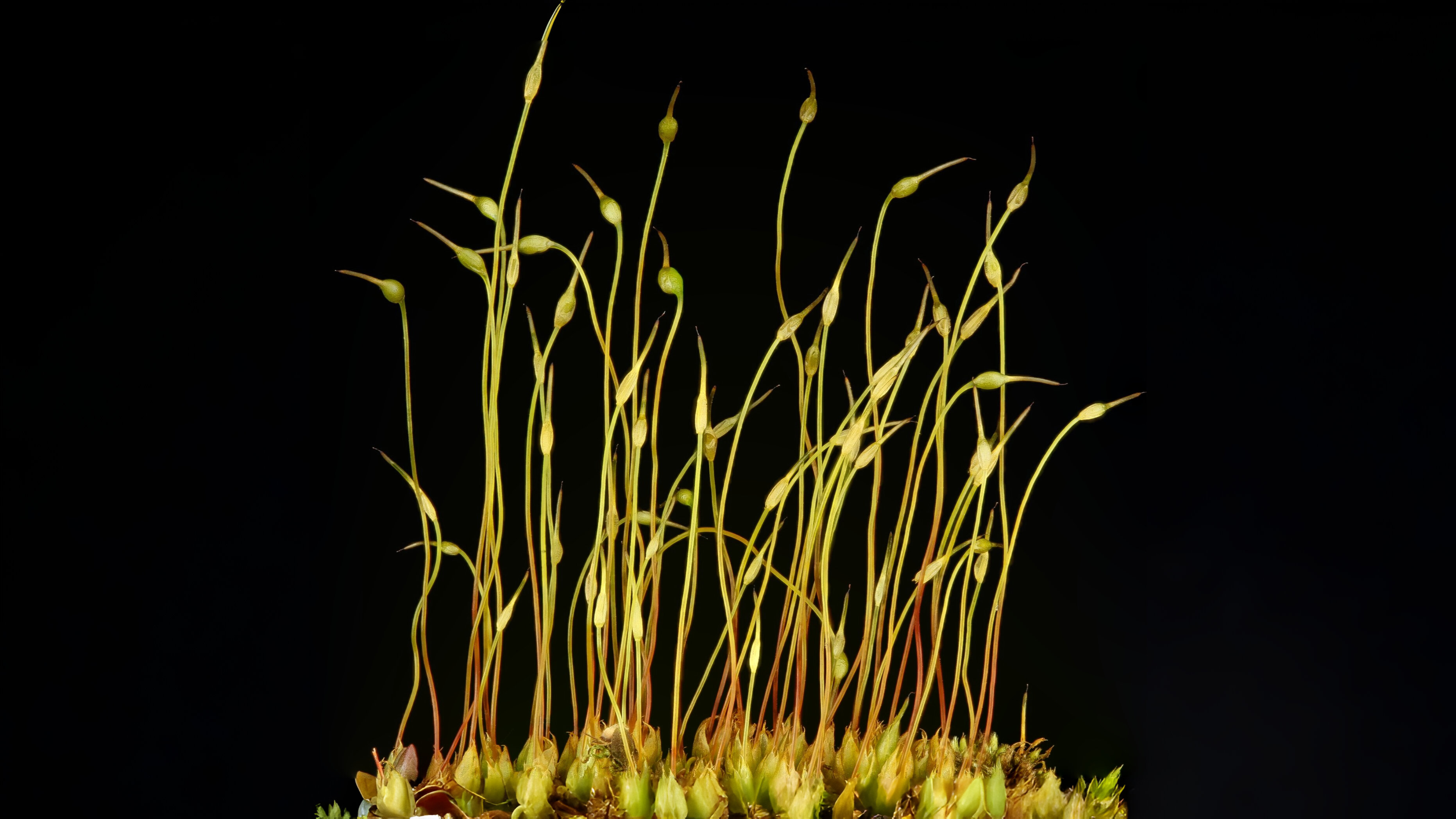

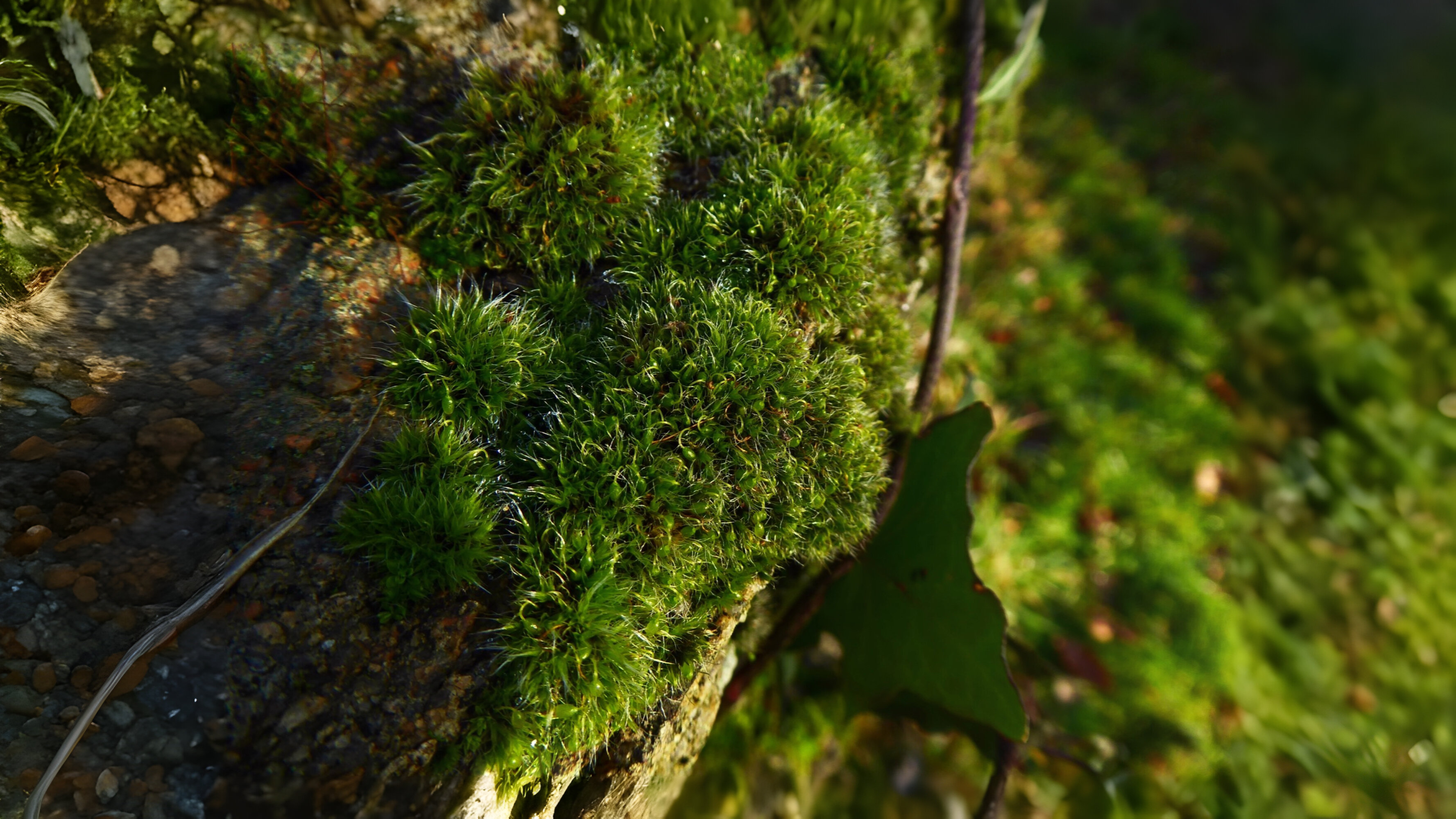

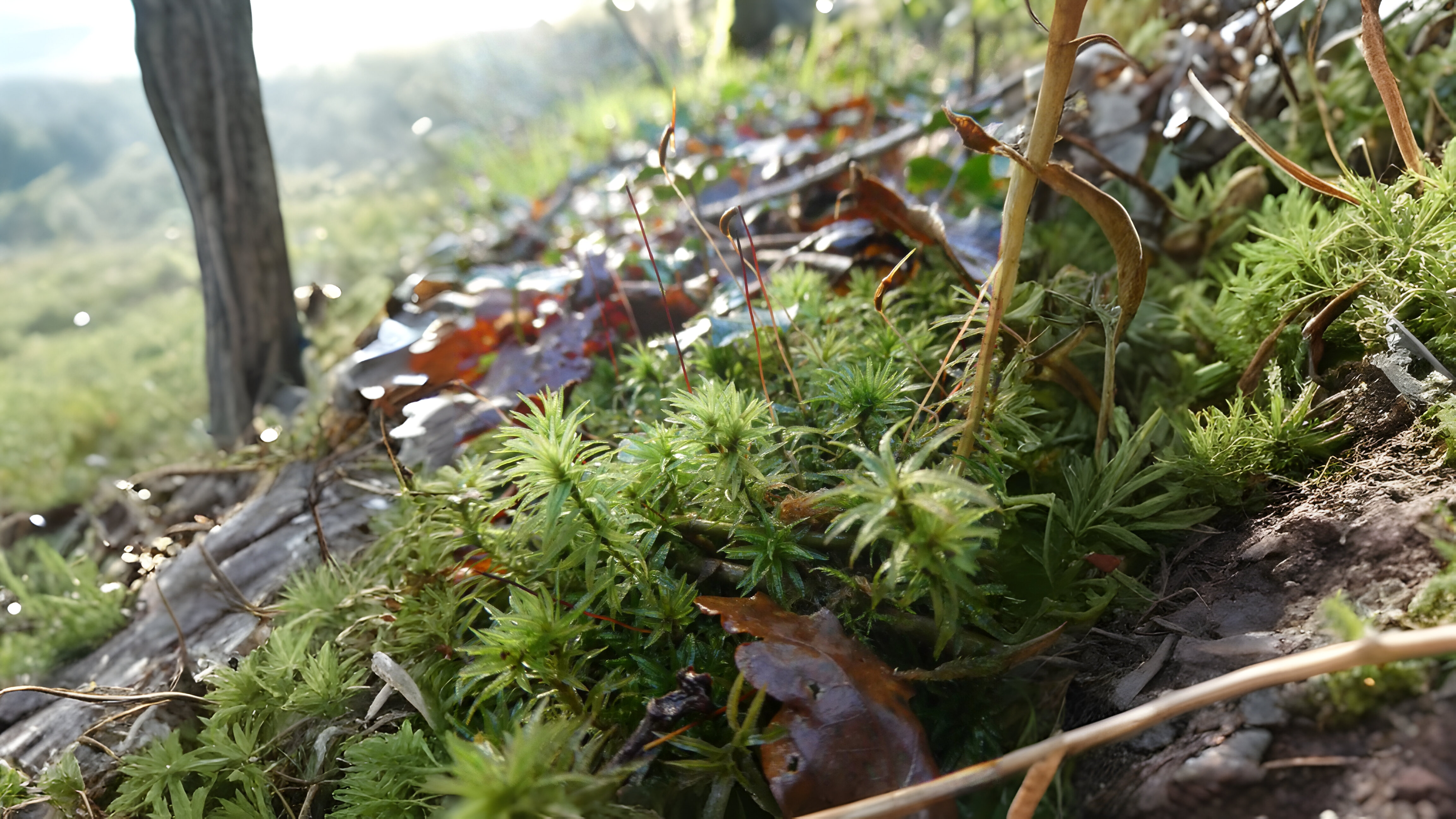

The mosses mentioned here are just a small selection from a large London list. They are either very common or just stand out when encountered for one reason or another. Their English names as so often can give a slight clue which can help a field identification.
